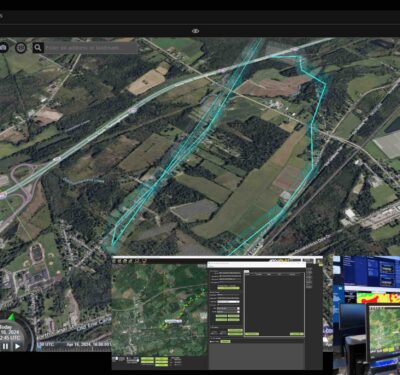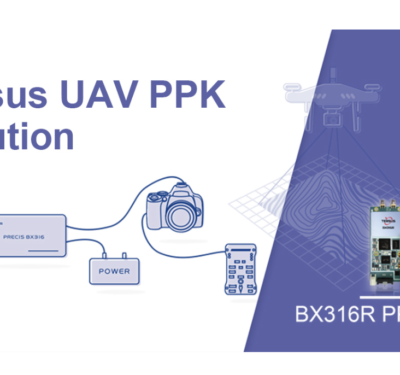
Pilots of unmanned aircraft (“drones”) who interfere with fighting wildfires, law enforcement efforts, or other first responders, such as medical flights, now are more likely to face serious civil penalties, even for first-time offenses, according to the Federal Aviation Administration (FAA).
The FAA has provided guidance for agency personnel who handle possible drone violations to refer all cases involving interference with first responders to the FAA Chief Counsel’s office for possible enforcement action.
In July 2016, Congress authorized the FAA to impose a civil penalty of not more than $20,000 for anyone who operates a drone and deliberately or recklessly interferes with wildfire suppression, law enforcement, or emergency response efforts.
Under FAA guidance, inspectors generally use non-enforcement methods, including education, for correcting unintentional violations that arise from factors such as flawed systems, simple mistakes, or lack of understanding. However, given the potential for direct and immediate interference with potentially life-saving operations where minutes matter, offenders will immediately be considered for enforcement actions. Enforcement actions can include revocation or suspension of a pilot certificate, and up to a $20,000 civil penalty per violation.
Deterring interference with first responders is critical, particularly as drone use expands exponentially. Firefighting aircraft trying to contain a wildfire have to suspend flights when a drone enters the area to avoid a possible mid-air collision. A drone flying over a crime scene or accident site can hamper police or medical aircraft operations. Ultimately, interference by a drone can cost lives.
The FAA’s rules for flying unmanned aircraft are clear. Pilots can save themselves and others serious problems by following them to the letter. Don’t let your decision to fly cause someone else to die.
Drone Scare Near Vegas Strip This Week
In related news, KTNV in Las Vegas reported this week that the FAA is investigating a reported drone sighting which prompted a warning to several tour helicopters flying above the Las Vegas Strip.
Air traffic control radio transmissions reveal a tour helicopter pilot noticed the drone flying about 500 feet below his aircraft around 7 pm, Tuesday. The area is heavily congested with traffic on I-15 and tour helicopters use the same corridor above I-15 to land at McCarran International Airport.
“It is very concerning to me as a pilot and as a drone pilot,” said Dr. Chris Walach, the Director of the FAA-designated NV UAS test site, according to the KTNV report.
Walach said whoever flew the drone was likely violating a number of rules in highly restricted airspace.
“It doesn’t matter if you request permission as a drone pilot, you are not going to be allowed that close to the end of the runway and particularly right off the Las Vegas Strip,” added Walach.
According to KTNV, a spokesperson for the FAA confirms there is an active investigation into the incident






